CIMA: Bringing Italian Modern Art to to the World Stage
The Year of Italian Culture may have just ended, but in New York 2014 heralds a season devoted to Italian modern art. February marks the start of a new series of events, beginning on February 22 with the opening of CIMA, the first American foundation for the promotion of twentieth-century modern Italian art.
The opening of CIMA coincides with the Guggenheim Museum’s epic exhibition of Italian
Futurism, the first of its kind in the United States. CIMA’s show focuses on the extraordinary works of Fortunato Depero, a pioneer of contemporary Italian design, on view in the US for the first time in 86 years.
The collection comprises more than 50 works by the artist, including paintings, sculptures and collages, as well as magazine covers. Depero was an emblematic figure on the Italian art scene of the twentieth century whose influence extended to the world of advertising. Did you know that his name is also linked to the popular Italian aperitif Campari? During the 1930s, Depero designed the Campari bottle.
Under the direction of Heather Ewing, the Center for Italian Modern Art provides a great opportunity to explore masterpieces of rare artistic beauty. Behind this unique initiative is art historian and curator Laura Mattioli, the daughter of Gianni Mattioli, one of the best-known collectors of modern art in Italy. We talked to her in New York.
The first center dedicated to modern Italian art is slated to open this February. How did the initiative come about?
A few scholars and I understood that twentieth-century Italian art is poorly known abroad. We’re the country of the Renaissance—in Venice, Florence and Rome. From Neoclassicism on up (that is, after Canova), Italian art squandered its originality, its role as an innovator and avant-gardist, in the culture at large. We wanted to give greater clarity to the role Italian artists played in defining and advancing modernism and the language of contemporary art, to reevaluate the historic role, for example, of Futurism, Metaphysical Art and Arte Povera.
2014 is beginning to look like a big year for Italian Art in New York. The Guggenheim Museum has put together a show on Italian Futurism that coincides with CIMA’s inaugural exhibition of the works of Fortunato Depero. Why did you choose to inaugurate the center with this particular artist?
Our decision to make Fortunato Depero the first artist to study and bring international attention to is definitely tied to the show at the Guggenheim. We wanted to create a rapport with them. Their show is curated by Vivien Greene and covers the entire thirty-year span of the Futurist movement for the first time ever in the US. Depero’s career practically coincides with the duration of the movement, from 1913 to post-World War II. He was also the only Futurist to come to New York (from 1928 to 1930 and from 1947 to 1949). He worked here and got to know the culture. Despite all that, his ties to fascism barred him from the famous 1949 exhibition of twentieth-century Italian art at MoMA, confined him to being seen as a mildly amusing member of the “Second Futurism” and relegated him to a provincial role in Rovereto, the city where he lived. While the Guggenheim will display some of the essential works from his wide-ranging oeuvre—including sculpture, painting, graphic design, advertising, art theory, poetry, manufactured textiles and theater—we wanted to expand upon the conversation surrounding this multifaceted artist—who combined high and low arts, robots and toys, visual poetry and ad campaigns—by displaying about fifty examples of his work in various media alongside the famous 1980 performance of Gran Serata Futurista, the late conceptual artist Fabio Mauri’s interpretation of the movement.
What other plans do you have?
A study day on Depero is scheduled for February 21, and another on Fabio Mauri will take place in early May. A roundtable discussion about Depero’s techniques is scheduled for February 24 in New York. A catalogue of all the works on display is at the printer right now, and you can download excerpted texts from this year’s research and contributions from the study day on the foundation website, www. italianmodernart.org.
What does it mean for modern Italian art to be shown in a place like New York?
New York is the stage for international art today. The whole art world passes through here. The goal of the foundation is to make twentieth-century Italian art part of the international scene. The foundation seeks to give people the opportunity to see art that is generally difficult to access, art of extremely high quality that you can only see in Italy. We hope that this way we can pique people’s curiosity and float new questions that may lead to studies and research outside the usual realm of scholarship. That’s the scope of CIMA’s research scholarships: to encourage international scholars, among others, to pay greater attention to more recent goings-on in Italian art.
In your opinion, how will your project impact Americans?
Americans generally have a positive image of Italy. They know and appreciate its cuisine, its design, its fashion. On the other hand, Italian history is very complicated and dense, therefore difficult to simplify or understand as an outsider. Fascism is simplistically lumped together with Nazism, and art from that period is considered totally dependent upon political power and therefore seen negatively. I see a curiosity in the American public that could transcend old prejudices in favor of making new, captivating discoveries.






























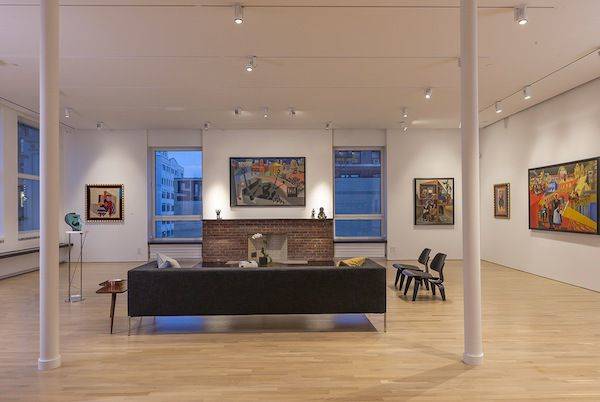
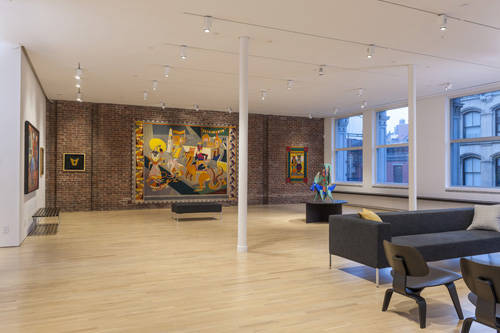
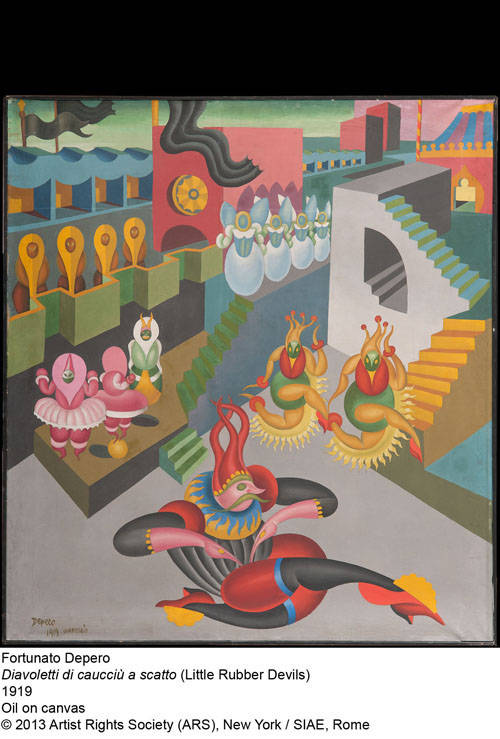
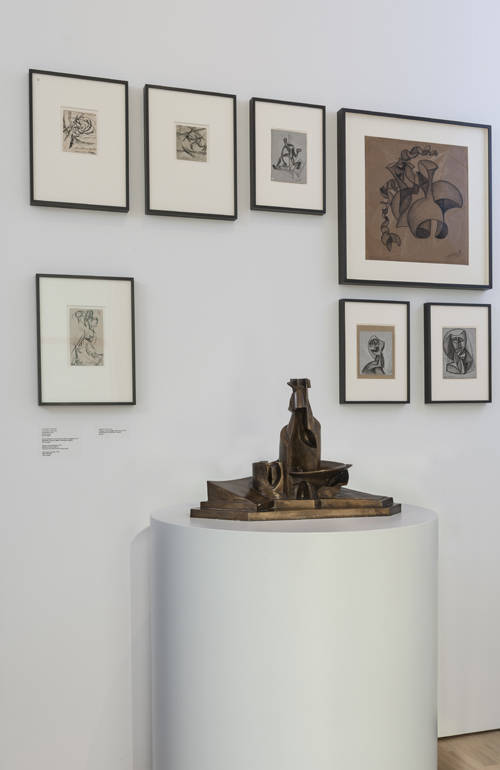
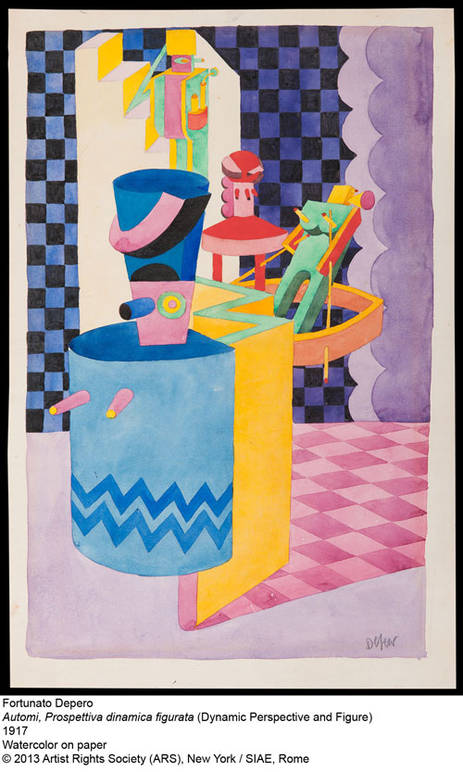
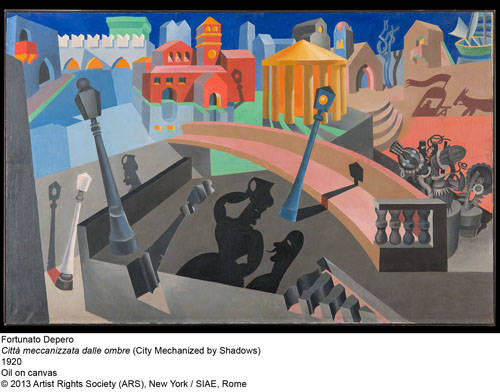



i-Italy
Facebook
Google+
This work may not be reproduced, in whole or in part, without prior written permission.
Questo lavoro non può essere riprodotto, in tutto o in parte, senza permesso scritto.